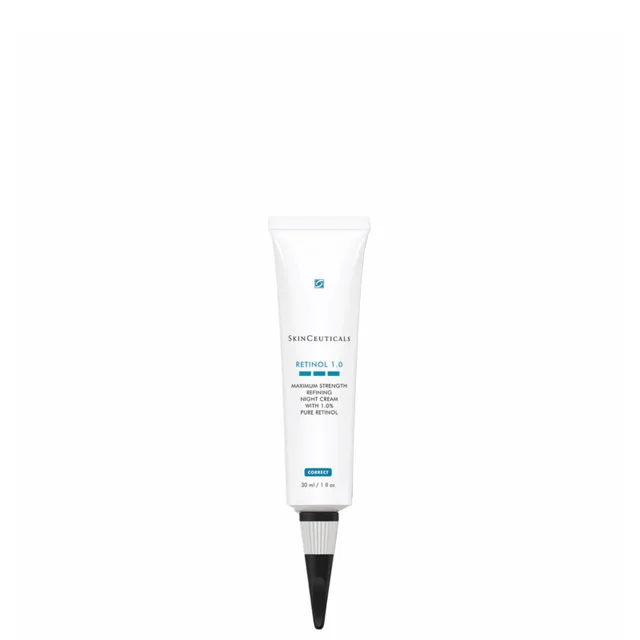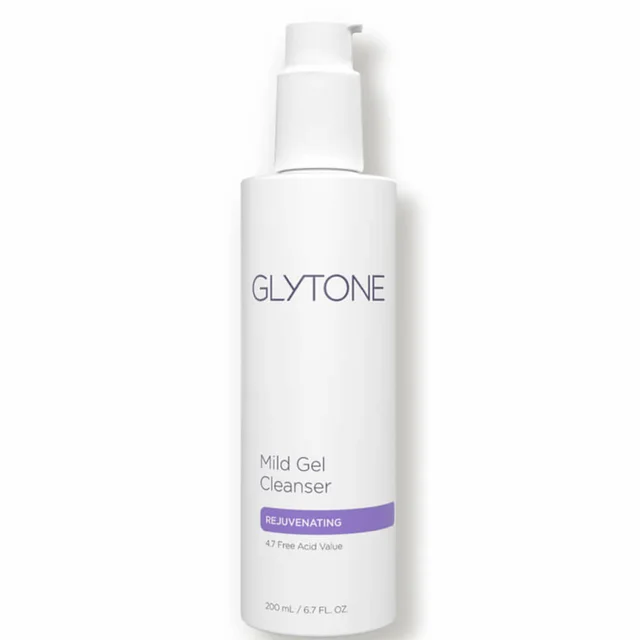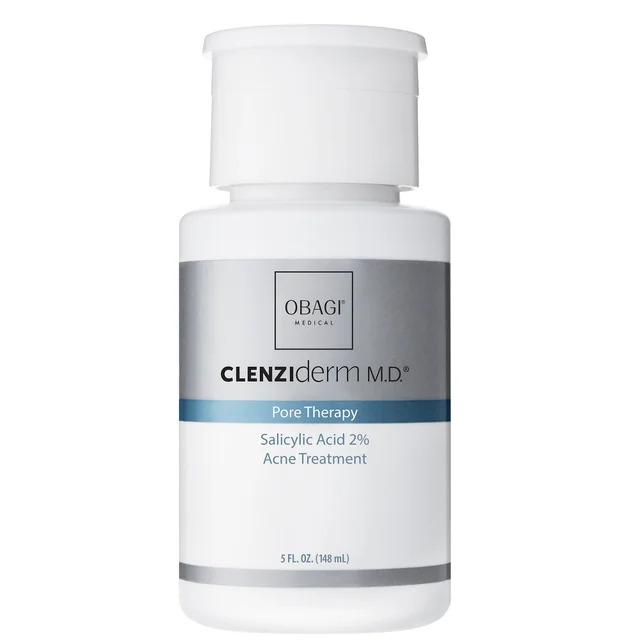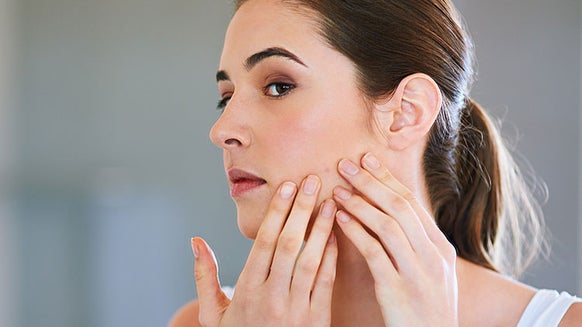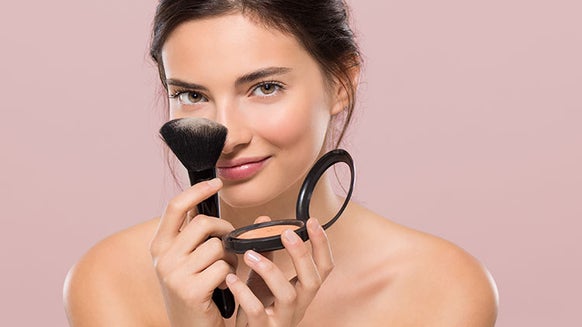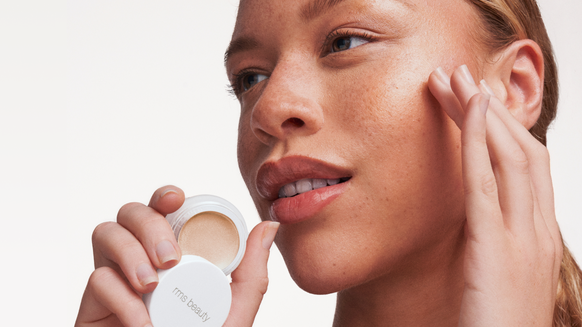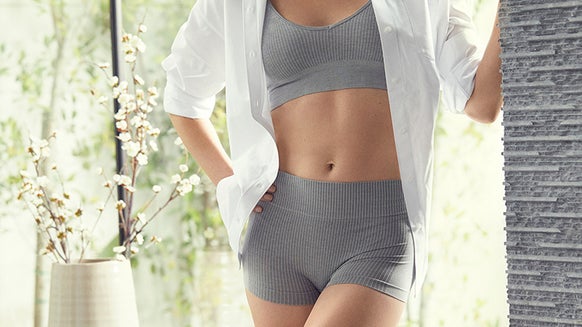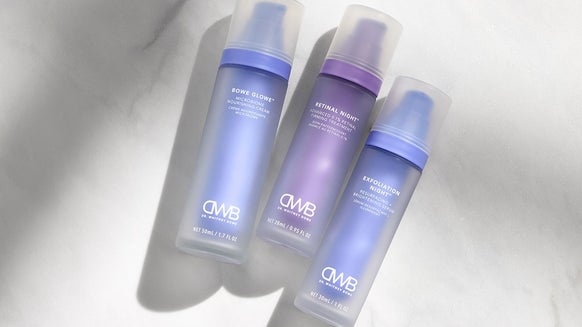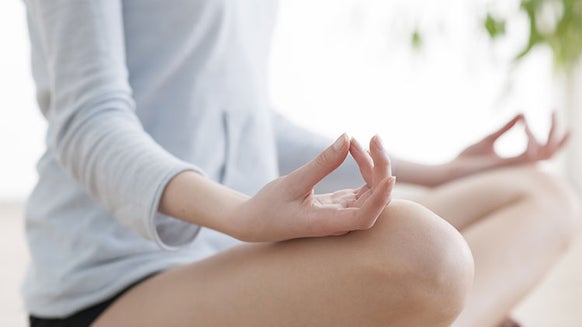How to Remove Blackheads….Scrubbing Is NOT the Answer!
But First, What Are Blackheads?
Anything that physically blocks pores can contribute to the formation of blackheads as well as other forms of acne, such as heavy sweating not followed by showering, hair products on forehead skin and tight-fitting clothing. Also, taking male hormones such as testosterone increases sebum production, leading to the formation of blackheads and other forms of acne.
How to Remove Blackheads
Blackheads are a part of life. As we grow up, the beautiful tiny pores of childhood get bigger because of the increase in oil (sebum) production that starts at puberty. As more oil is pushed out of the pores, the pores expand and make it easier for things like dead skin to become trapped inside. As blackheads are not dirt, they cannot just be scrubbed away. BUT, there are three things that can be done before bed to significantly improve their appearance.
1. Cleanse with an acid-infused face wash.
2. Apply a retinol cream over the problem area.
You can tailor your retinol product according to your skin type. For example, if you have oily skin, a stronger retinol (like 1.0%) will work better for you than a weaker one. But if you have dry skin, a weaker retinol will be effective with less risk of irritation (like 0.25%). Always follow a retinol product with a face moisturizer to limit the risk of irritation.
3. Use a charcoal or clay mask.

Dr. Heather D. Rogers is a double-board certified dermatologic surgeon and the founder of Doctor Rogers Skin Care. She practices procedural and cosmetic dermatology full-time at Modern Dermatology in Seattle and maintains a strong online presence that emphasizes education about all things skin. Her expertise derives from her training at Stanford, Univ. of Washington and Columbia, plus two decades of ongoing clinical experience. Follow Dr. Rogers on Instagram, Facebook, and Youtube.
